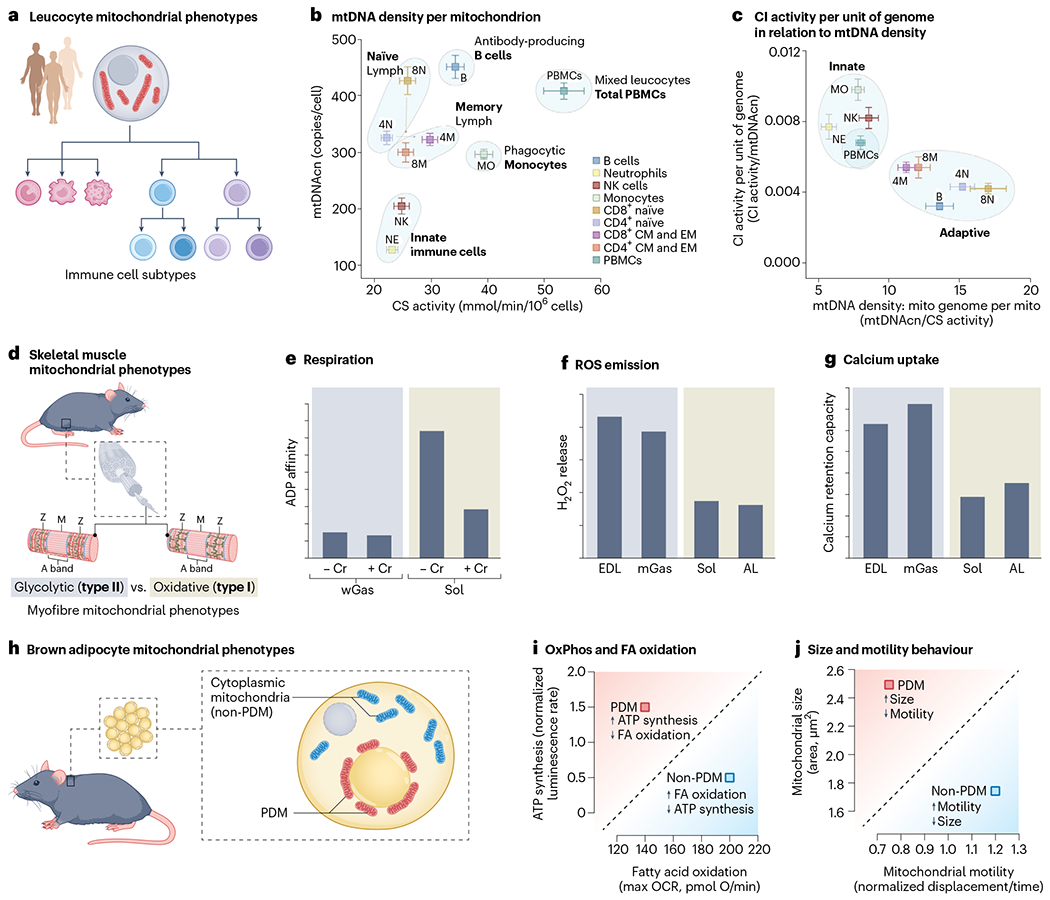Fig. 2 |. Different cell types and subcellular compartments contain functionally specialized mitochondrial phenotypes.

a, Despite originating from the same progenitor haematopoietic stem cell, differentiated human circulating leucocyte subtypes exhibit distinct mitochondrial content and respiratory chain properties. b,c, Bivariate plots illustrating quantitative differences in mtDNAcn, CS activity and OxPhos complex I enzymatic activity. Data for eight different human cell subtypes, plus the heterogeneous cell mixture in peripheral blood mononuclear cells (PBMCs), were isolated using FACS. Data are from ref. 59. Note the clustering of similar mitochondrial phenotypes according to known immunological and immunometabolic differences between naïve and memory cells, or between cell subtypes belonging to the innate and adaptive arms. d, Functional differences among rat skeletal muscle mitochondria between glycolytic (type II, fast-twitch) and oxidative (type I, slow-twitch) muscle fibres. e–g, Three mitochondrial functions are shown: the sensitivity of respiration (e) to ADP concentration and presence of creatine (Cr), where a low Michaelis constant (Km) means that high respiratory rates are driven by little ADP; ROS emission (f), H2O2 release per unit of mitochondrion indexed by CS; the total amount of Ca2+ uptake (g) that mitochondria can sustain before undergoing PTP opening. −Cr, no creatine; +Cr, with creatine; wGas, white gastrocnemius (type II); Sol, soleus (type I); EDL, extensor digitorum longus (type II); AL, adductor longus (type I). Data are from ref. 65. h, Mouse adipocytes contain at least two different types of mitochondria: PDM and non-PDM (cytoplasmic). i,j, Biplots representing (i) the maximal rate of ATP synthesis and maximal oxygen consumption rate (OCR; i) or size versus motility (j). Data are from refs. 71,72. NK, natural killer.
